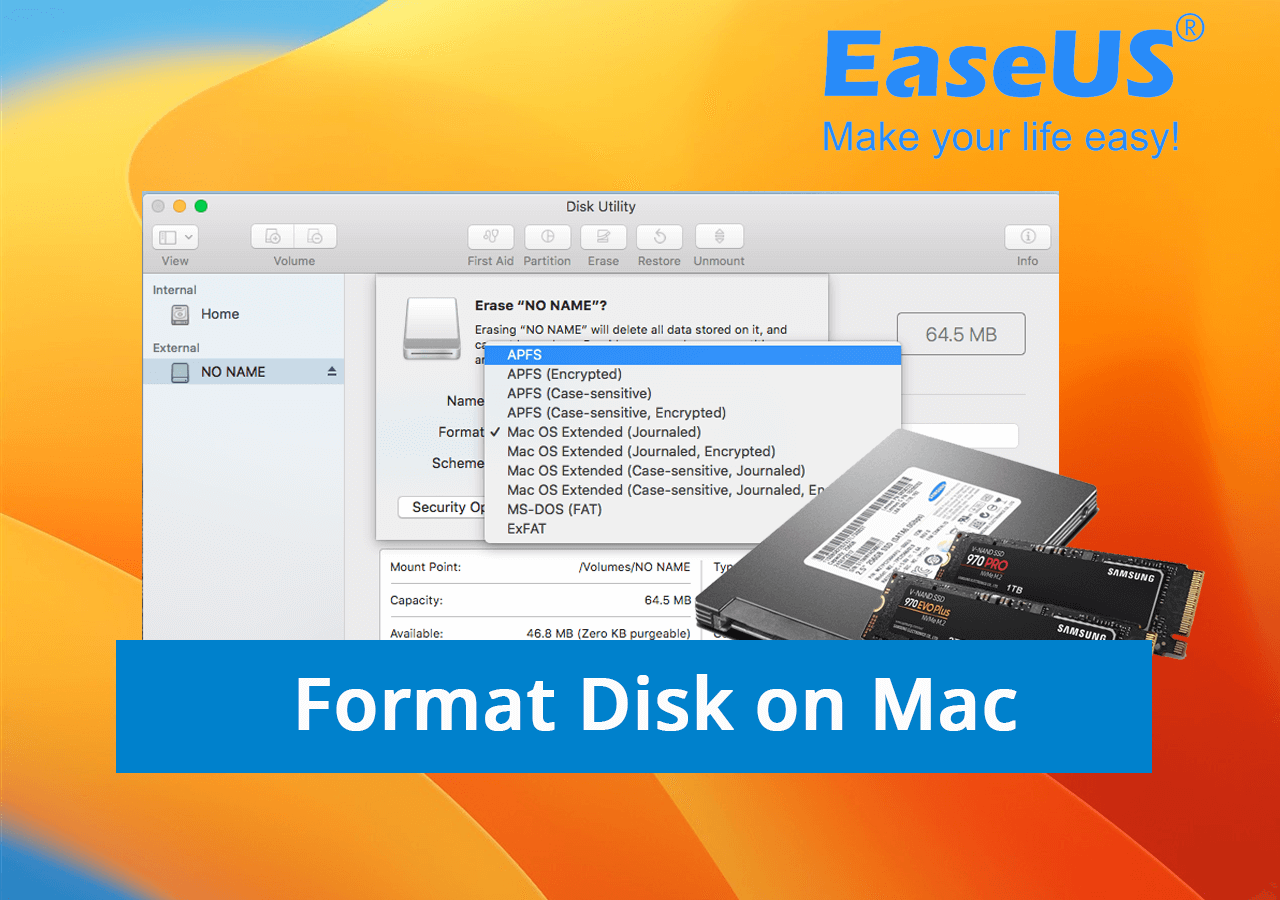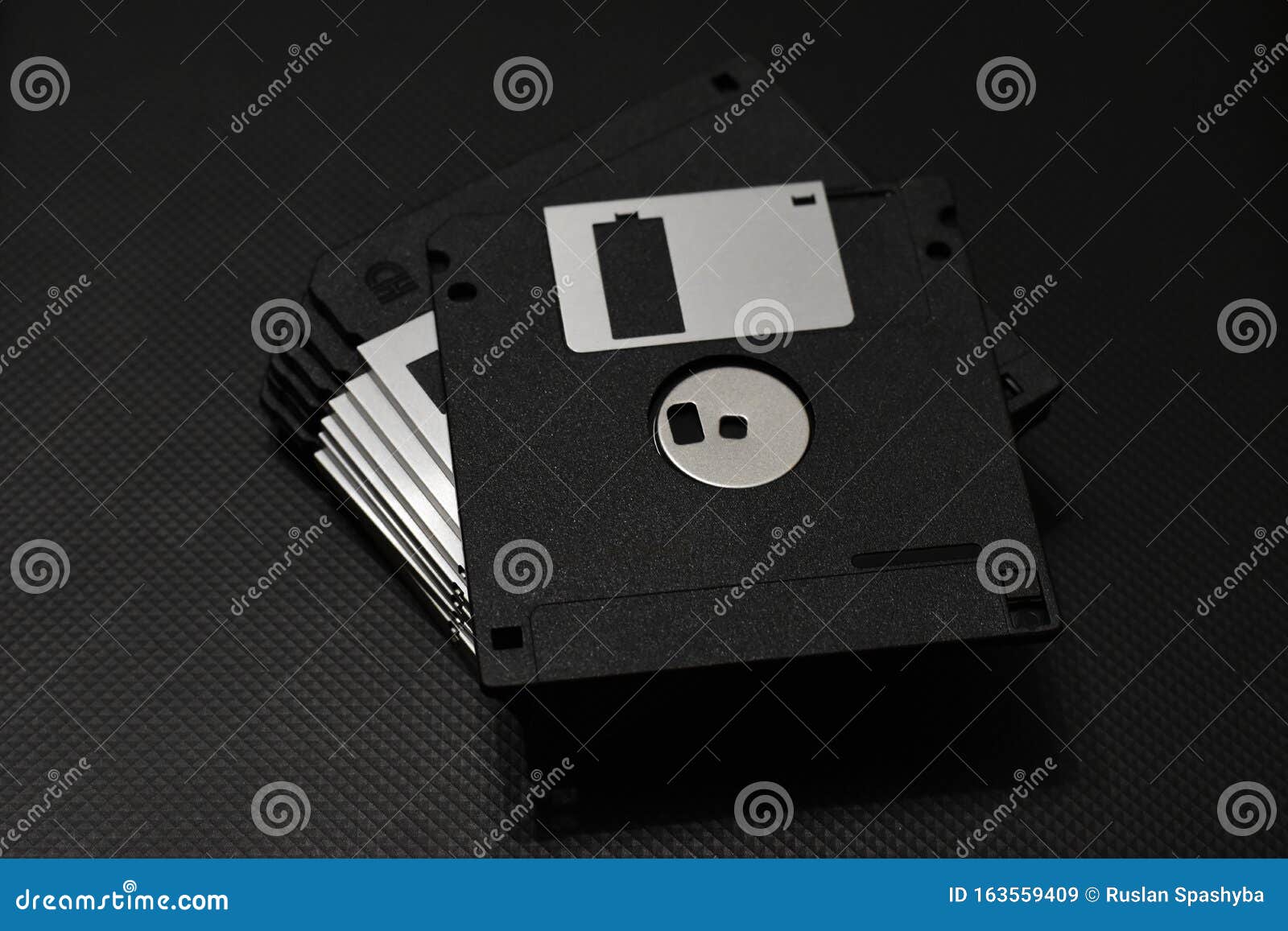

Most PC Computers use a strange standard interface cable originally used by IBM, where each drive is selected as the second drive and a twist in the cable transposes the control signal between one drive and the next.


The original way the drives were meant to be configured was to select one drive as the first drive and the other as the second drive, via the jumpers on the drive. In a PC computer the first drive is called A: drive and the second drive is called B: drive. Floppy Disk Drives have drive select jumpers on them that configure the drives as either first or second drive. The floppy drive interface can control two drives and the interface cable has two sets of control signals - one for each drive. 5.25 inch drives use an edge connector on the drive and the 3.5 inch floppies use a 34 pin header (pin) plug. The image at the right shows a typical direct drive motor that rotates the floppy disk media.įloppy Disk Drives require an interface circuit to interface them to the computer bus and the "standard" interface uses a 34 wire ribbon cable. An alignment of the head assembly can be performed with the aid of digital alignment disk but is not usually cost effective. A magnetic head assembly is moved back and forth across the surface of the disk by a stepper motor and must be aligned to very close tolerances in relation to the centre of rotation of the floppy disk. The Floppy Disk is rotated at 300 RPM for normal disks (DD) and 360 RPM for high density disks (HD).

instead of real-time helical scanning, the videotape could be duplicated linearly at high speed).Floppy Disk Formats Phil Storrs PC Hardware book DOS Computers and floppy disk drives Floppy Disk Drive Mechanics. The closest to "magnetic printing" I'm aware of was the process Sony developed to duplicate Betamax tapes (i.e. Hence the floppy media can physically wear out. Unlike hard drives which have "flying heads", the read/write heads on floppy drives actually touches the media during normal operation. The tracks on 8", 5.25" and 3.5" floppies are all written magnetically by polarizing ferrite particles. However I recall from the old days that floppies had tracks “printed” on them and a magnet could mess that up, preventing them from being used. The issue is then a lack of ferrite material to polarize and generate current in the read head. worn out tracks) then erasure won't help. Maybe, if the damage is due to magnetic corruption.īut rather than use a magnet, a "bulk eraser" (an electromagnet that emits a strong alternating magnetic field) should be used.īut if the floppy has actual surface damage (e.g.


 0 kommentar(er)
0 kommentar(er)
